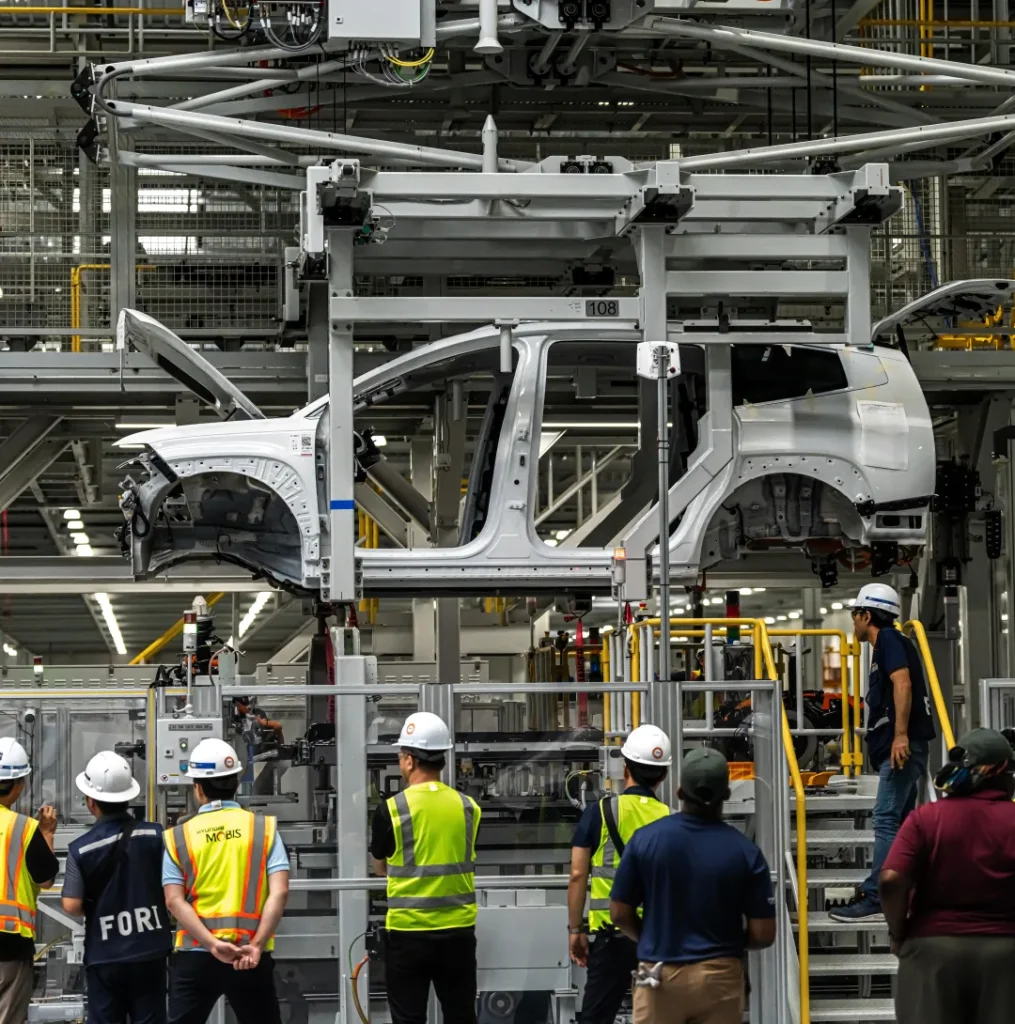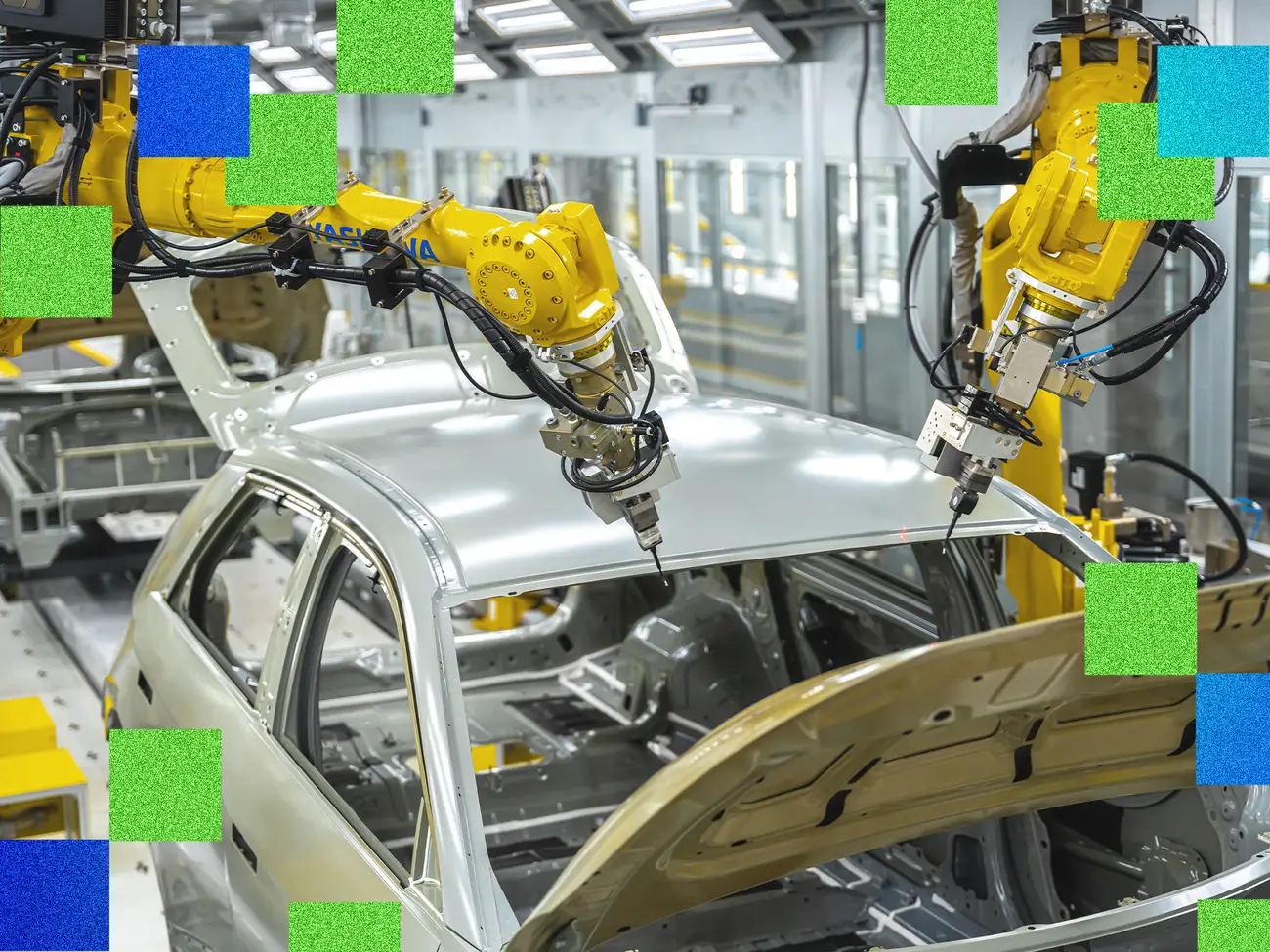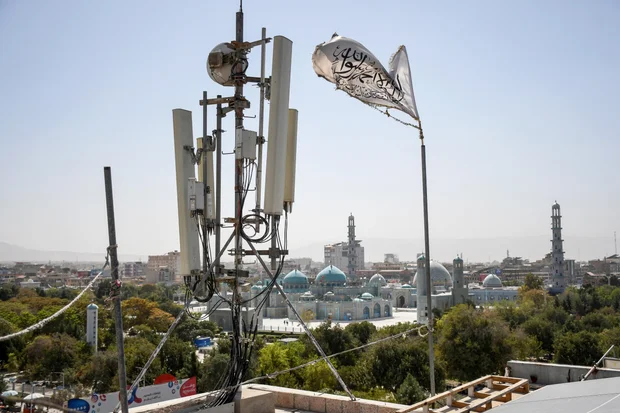For years, car factories meant noise, muscle, and workers lining up on assembly lines. Hyundai’s new Metaplant in Ellabell, Georgia flips that script—hard. With $7.6 billion behind it, the company built what it calls the “smartest factory in America.” AI runs the show. Robots, virtual twins, and green tech all link together to build cars faster and more precisely. It’s a big move in Hyundai’s EV game—but also raises a loaded question: where do humans really fit in this automated future?
This isn’t just tech for show. Smart sensors check everything from temperature to wear. Engineers geek out over dashboards that show alerts before anything breaks. When delays crop up, they fix them fast—sometimes before anyone on the floor even notices.
Built for AI, Not Just Cars
Most car plants add a gadget here and a screen there. Hyundai started from scratch, thinking AI, robotics, and smart systems from Day One. The 2,900‑acre site runs on sensors, software, and automation from the ground up. A digital twin—a live virtual copy—tracks every pop and click on the floor. If something veers off, engineers know before it causes trouble. That means fewer delays, fewer shutdowns, and smoother shifts every single day.
Inside, robots do nearly everything. They paint, inspect, and handle assembly with sharp precision. Driverless carts haul parts across the hall. Drones buzz overhead, tracking supplies and stock. Even Spot—the robot dog from Boston Dynamics—scamps around checking for hazards. Will humanoid bots join soon? Maybe. Right now, Hyundai says robots don’t replace people. They work with them. Workers—called “Meta Pros”—still build, fix, and steer the systems. They interpret data, make tough calls, and keep the plant steady. Still, with so many machines doing repetitive tasks, it’s fair to ask: how many human jobs will last?

Jobs, Growth, and a New EV Hub
The Metaplant isn’t just smart—it’s huge for Georgia’s economy. Right now, around 1,300 people work there. That should climb to 8,500 when everything’s in full swing. Another 7,000 jobs will ripple out from suppliers like Mobis, Glovis, and Hyundai Steel nearby.
Average pay starts at $58,100—solid above the local median. Hyundai didn’t stop there. They teamed up with four technical colleges to train folks in robotics, EV systems, and AI management. It’s about building a workforce that can manage this future—and not get left behind.
Once fully revved up, the plant will churn out 500,000 electric and hybrid cars per year. It’s already building the Ioniq 5 and Ioniq 9, with Kia models slated for 2026 and Genesis models after. Hyundai squared off with LG Energy Solutions for a nearby battery plant, locking in supply chains and tapping U.S. EV tax perks.
For Georgia, this is massive. It ranks among the state’s biggest industrial bets ever. A place once leaning on ports and shipping is now pivoting into high‑tech, EV car making. It’s anchored long‑term growth with bold, future‑oriented tech.
Green Promises, Real Risks
Hyundai says the Metaplant is built for a cleaner tomorrow. Solar panels cover parking lots. Hydrogen trucks move parts around. Trains, not trucks, deliver finished cars. Less pollution, less traffic, a smaller bite on the climate.
Still, going green and going tech‑heavy isn’t simple. Automation can swallow traditional jobs. Labor advocates worry the long‑term job picture may shrink. Environmental groups flag concerns—construction impacts, water use, battery waste. And if U.S. EV incentives or tax rules shift, suddenly the financial groundwork behind this giant move could wobble.
Yet Hyundai is staying bold. It’s betting heavily on AI‑run, eco‑aware plants as the new normal—not just for its bottom line, but for reshaping U.S. car manufacturing in a fiercely competitive global EV race.







